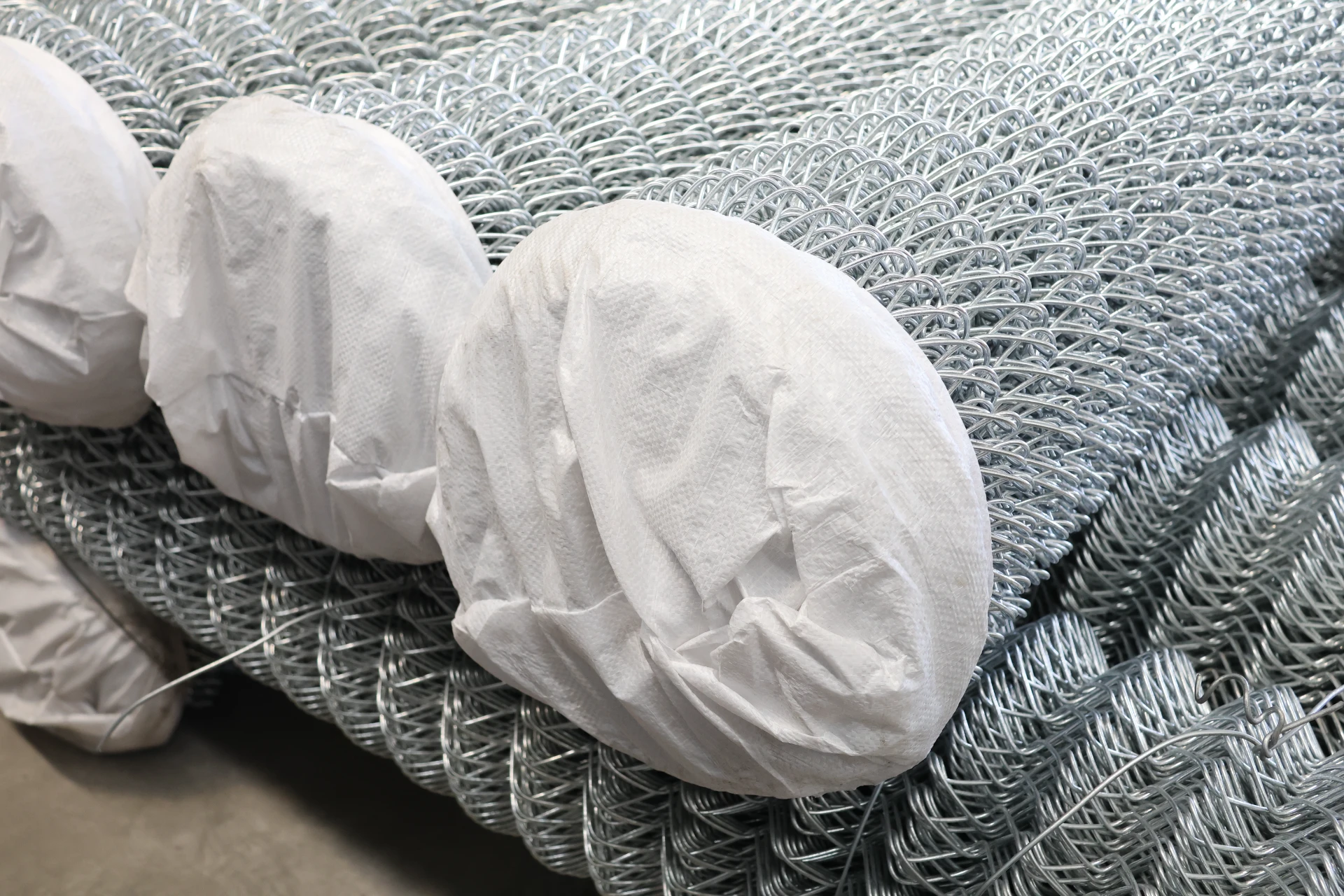wire mesh design
The Importance of Wire Mesh Design in Modern Applications
Wire mesh design plays a crucial role in various industries, from construction to agriculture and manufacturing. This versatile material serves a multitude of purposes, offering strength, flexibility, and durability, making it an indispensable asset in many applications.
Wire mesh is composed of interconnected wire strands, typically made from materials such as stainless steel, aluminum, or galvanized iron. The design and configuration of these strands can vary drastically depending on the intended use. This adaptability allows designers to create tailored solutions for specific needs, ensuring optimal performance and efficiency.
One of the primary applications of wire mesh is in construction. It serves as a reinforcement material in concrete, providing additional strength and stability to structures. By integrating wire mesh into concrete slabs, walls, and ceilings, engineers can significantly enhance the tensile strength, reducing the risk of cracking under pressure. The design of the wire mesh, including factors such as the gauge of the wire, spacing of the mesh, and pattern of weaving, must be meticulously calculated to ensure it meets the structural requirements of the building.
In the agricultural sector, wire mesh design is essential for creating fencing and animal enclosures. It protects crops from wildlife and ensures that livestock is contained within designated areas. The mesh's design varies depending on the type of animals being contained; for instance, smaller openings are used for poultry, while larger openings may suffice for larger livestock. Durability is a key factor in these applications, as the wire mesh must withstand harsh environmental conditions while maintaining its structural integrity.
wire mesh design

Another critical application of wire mesh design is in filtration and separation processes. Industries such as food processing, pharmaceuticals, and water treatment rely on wire mesh to filter solids from liquids or gases. The mesh design must be precise, with the right opening size to allow for effective filtration while preventing contaminants from passing through. This application underscores the importance of customization in wire mesh design, as different industries may have unique requirements based on the materials being processed.
Wire mesh is also widely utilized in the manufacturing sector for various products, including baskets, shelves, and storage solutions. When designing these items, considerations such as load capacity, aesthetics, and ease of use play a vital role. Wire mesh can be shaped, welded, or coated to create products that are not only functional but also attractive. The ability to customize the design ensures that manufacturers can meet specific customer demands, making wire mesh a highly sought-after material in diverse markets.
Despite its many advantages, wire mesh design must consider some challenges. Corrosion, for example, can be a significant concern, particularly in industries exposed to harsh chemicals or outdoor environments. Using appropriate coatings or selecting corrosion-resistant materials becomes essential in ensuring longevity. Additionally, the design process must account for the weight and handling of the mesh, making it user-friendly for various applications.
In conclusion, wire mesh design is a paramount element in numerous industries, offering both practicality and versatility. From construction and agriculture to filtration and manufacturing, its applications are varied and critical. As technology advances, the potential for innovative wire mesh designs continues to grow, paving the way for more efficient and effective solutions in the modern world. Whether enhancing structural integrity, providing safety, or facilitating filtration processes, wire mesh remains an integral component of contemporary industrial design.
-
Space-Saving Chain Fence Hacks Vertical Gardening with Cyclone MeshNewsJul.16,2025
-
Innovations in Iron Nail Wire Production for Modern ConstructionNewsJul.16,2025
-
Creative Uses of Wire Netting Fence in Modern Landscape DesignNewsJul.16,2025
-
Barbed Wire Fence Innovations in Anti-Climb TechnologyNewsJul.16,2025
-
Architectural Uses of Umbrella Nails for Aesthetic Roof DesignsNewsJul.16,2025
-
Architectural Uses of Razor Barbed Wire in Secure Urban DesignNewsJul.16,2025




